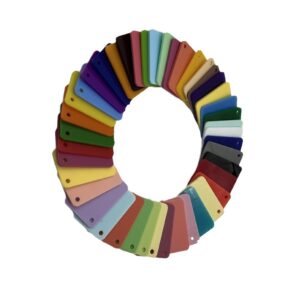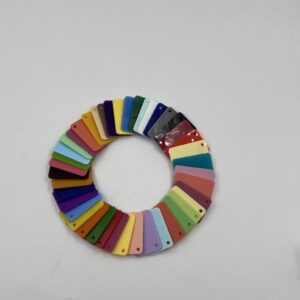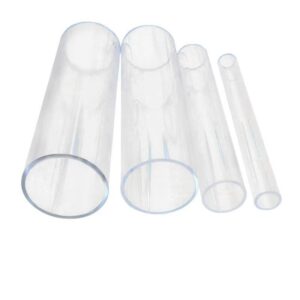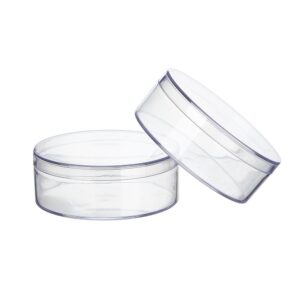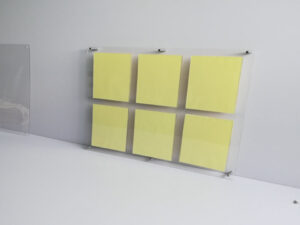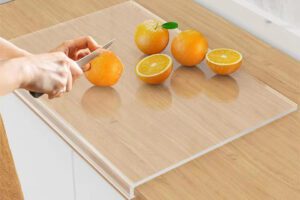Introduction
Acrylic furniture has become increasingly popular in contemporary home and office decor, valued for its unique blend of durability, aesthetic appeal, and low maintenance requirements. Made from a strong, lightweight material, acrylic serves as a versatile alternative to traditional furnishings, offering consumers an array of stylish options that cater to modern design sensibilities. The resurgence of acrylic furniture can be traced back to its historical roots in the 1930s, but it has notably gained traction in recent years due to a growing preference for minimalist and functional design elements.
Table of Contents
One of the most significant advantages of acrylic furniture is its exceptional durability, which allows it to withstand environmental stressors without rusting or breaking, making it suitable for both indoor and outdoor use. Additionally, its lightweight nature enables easy portability and rearrangement, catering to those who frequently change their living spaces or require flexibility in their furnishings. The transparent quality of acrylic contributes to a spacious ambiance, appealing to those looking to maximize their interior design aesthetics.
The market for acrylic furniture is experiencing substantial growth, fueled by trends towards lightweight and customizable materials, particularly in urban settings where space optimization is crucial. However, the industry faces challenges, including environmental concerns associated with plastic waste, prompting manufacturers to explore sustainable production methods. Despite these hurdles, the adaptability of acrylic furniture continues to attract a diverse range of consumers, ensuring its relevance in both residential and commercial markets.
In summary, the advantages of acrylic furniture—its durability, aesthetic versatility, lightweight nature, and ease of maintenance—position it as a compelling choice for modern interiors. As consumer preferences evolve and the market expands, acrylic furniture remains a prominent topic within discussions on contemporary design and sustainable practices in the furniture industry.
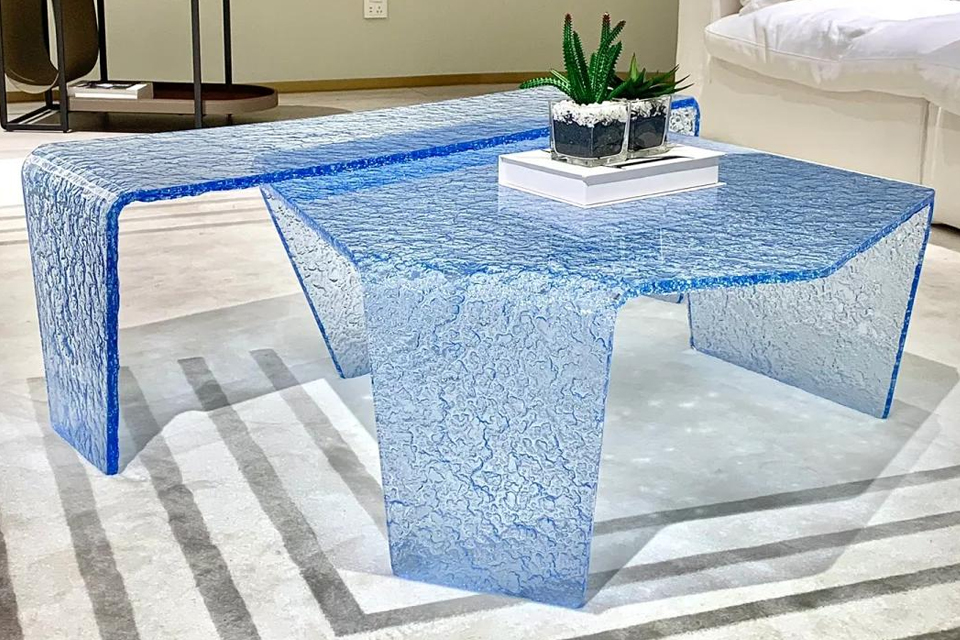
Advantages of Acrylic Furniture
Acrylic furniture has gained popularity in home and office decor due to its numerous benefits. This versatile material offers a unique combination of durability, aesthetic appeal, and ease of maintenance, making it a preferred choice for many consumers.
Durability
One of the most significant advantages of acrylic furniture is its exceptional durability. Made from a strong and highly resistant acrylic sheet, it is a lightweight alternative to glass that does not rust or break easily. Acrylic furniture can withstand the effects of exposure to the elements, making it suitable for both indoor and outdoor use. Additionally, acrylic has a long lifespan and requires minimal upkeep, appealing to homeowners who value long-lasting furniture.
Aesthetics and Design Versatility
Acrylic furniture is known for its modern and chic appearance, which can enhance the aesthetic of any space. Its transparency allows for an open and airy feel, making rooms seem more spacious. The material can be shaped into various designs, from sleek and minimalist to more elaborate styles, catering to diverse tastes and interior decor preferences. Moreover, acrylic furniture is available in a variety of forms, including chairs, tables, and shelves, allowing for creative expression in home design.
Lightweight and Portable
Another advantage of acrylic furniture is its lightweight nature, making it easy to move and rearrange. This portability is especially beneficial for those who frequently change their home layout or need to optimize small spaces. For instance, acrylic furniture can be easily relocated on a patio or deck, offering flexibility in outdoor living arrangements.
Easy Maintenance
Cleaning and maintaining acrylic furniture is a straightforward process, requiring only a soft, lint-free cloth and mild soapy water for routine cleaning. Unlike traditional wood furniture that often demands specialized maintenance, acrylic surfaces can be easily wiped down to remove dust and stains, ensuring they remain crystal clear and elegant over time. This ease of care is particularly advantageous for individuals with allergies or sensitivities to cleaning products, as acrylic furniture does not require harsh chemicals.
Customization
Acrylic furniture is highly customizable, allowing manufacturers to create unique pieces tailored to individual needs and style preferences. This adaptability makes it an attractive option for consumers looking to personalize their decor without significant expense.

Historical Context
Acrylic furniture has a rich history that dates back to the 1930s, when the material, trademarked as Lucite by DuPont, was first developed. Initially utilized in industrial and advertising applications, acrylic gained traction in furniture design during the mid-20th century, particularly in the 1960s and 1970s, amidst a cultural fascination with space-age futurism and modern aesthetics. Designers such as Charles Hollis Jones and Vladimir Kagan embraced the versatility of acrylic, recognizing its ability to be molded into curvaceous forms while offering greater durability than glass.
The introduction of acrylic furniture marked a significant shift in interior design, as its transparency and brightness complemented other reflective materials like chrome and brass, which were popular at the time. Over the decades, the popularity of acrylic furniture has ebbed and flowed; however, it has consistently remained relevant, with contemporary designers continuing to explore its unique properties and aesthetic appeal. In recent years, advancements in acrylic fabrication techniques have enabled the creation of intricate and stylish pieces that align with modern design sensibilities, reinforcing acrylic furniture’s status as a staple in both residential and commercial spaces.
Today, acrylic furniture is celebrated for its modern aesthetic, durability, and low maintenance requirements, making it an attractive option for a wide range of settings. The resurgence of interest in acrylic can also be attributed to its adaptability and the growing trend of minimalism in design, where its transparent quality allows for a less cluttered visual experience in interior spaces.
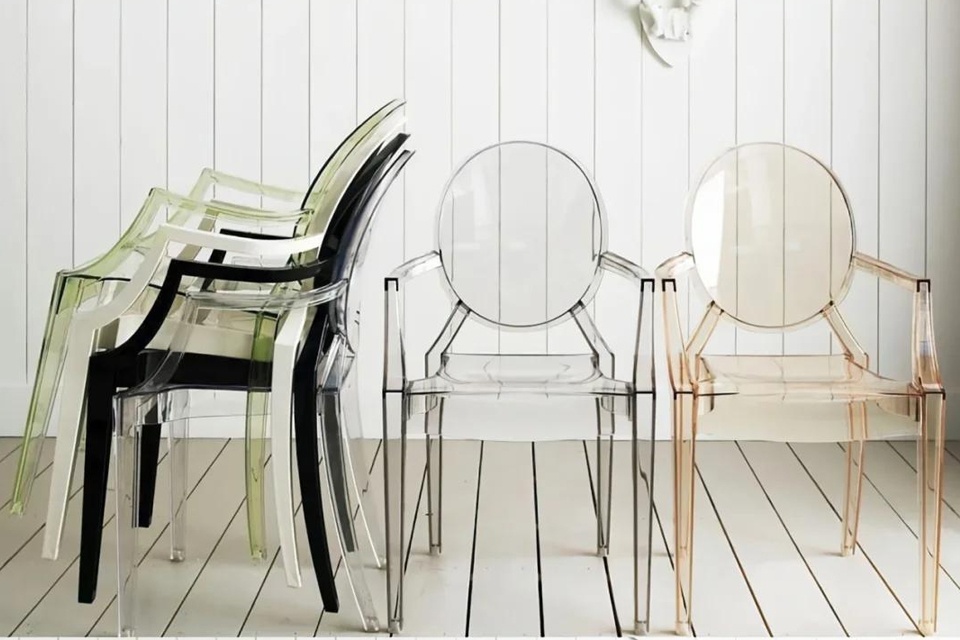
Current Market Trends
Growth of Acrylic Furniture
The acrylic furniture market is experiencing significant growth, driven by several contemporary trends in design and consumer preferences. This growth is primarily influenced by the increasing demand for lightweight, durable, and aesthetically appealing materials in both residential and commercial settings. The modern furniture market, characterized by minimalism and functionality, aligns well with the properties of acrylic furniture, contributing to its rising popularity.
Consumer Preferences
A notable trend is the shift towards sustainability and eco-friendly materials. Consumers are increasingly favoring products that are made from recycled and biodegradable materials, prompting manufacturers to focus on sustainable production practices. Additionally, the versatility of acrylic furniture, which can be customized in terms of shape, size, and finish, appeals to a diverse range of consumers looking for personalized solutions in their home and office interiors.
Geographical Insights
The market is particularly vibrant in emerging economies, such as China and India, where urbanization and rising disposable incomes are driving demand for affordable and stylish furniture solutions. In contrast, developed regions like North America and Europe continue to maintain steady demand, primarily for high-quality interior design projects that incorporate acrylic materials.
Challenges and Opportunities
Despite its growth, the acrylic furniture market faces challenges, particularly concerning environmental concerns related to plastic waste. However, the ongoing trend of customization and innovation in product design presents new opportunities for manufacturers to capture emerging market segments and enhance their competitive edge. As consumer preferences evolve, the market dynamics will likely continue to shift, creating avenues for new product development and market penetration strategies.





